15 Ways to Set Up an Unexpected Expenses Emergency Kit
Life loves to throw us surprises, and not all of them are pleasant. A flat tire, a sudden trip to the ER, or a leaky roof can all throw a wrench into our financial plans. That’s where an emergency fund comes in handy. Consider it your financial safety net, ready to catch you when life takes a tumble. This article will explore 15 ways to set up an unexpected expense emergency kit.
Assess Your Financial Vulnerability

Credit: pexels
Consider what might throw your budget off track – is it a job loss, health issues, or maybe something else? Knowing your weak spots helps determine how much you need to save. Everyone’s situation differs, so tailor your emergency fund to fit your life. The goal is to cover those “oh no” moments without derailing your financial goals.
Define “Emergency”
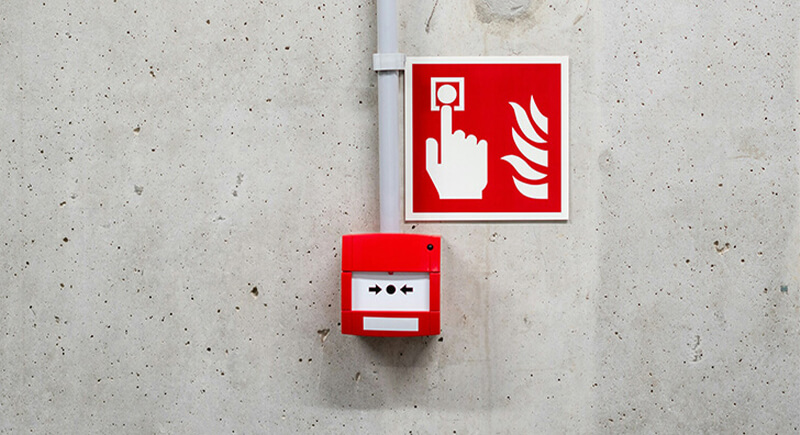
Credit: unsplash
So, what counts as an emergency? It’s anything urgent, necessary, and unexpected – like your car breaking down or a medical bill, not a last-minute concert ticket. Keeping this definition clear helps prevent you from dipping into your fund for impulse buys. Think of your emergency fund as a sacred reserve for true hardships only. This discipline is what makes your emergency fund a reliable safety net.
Set a Target Emergency Fund Size
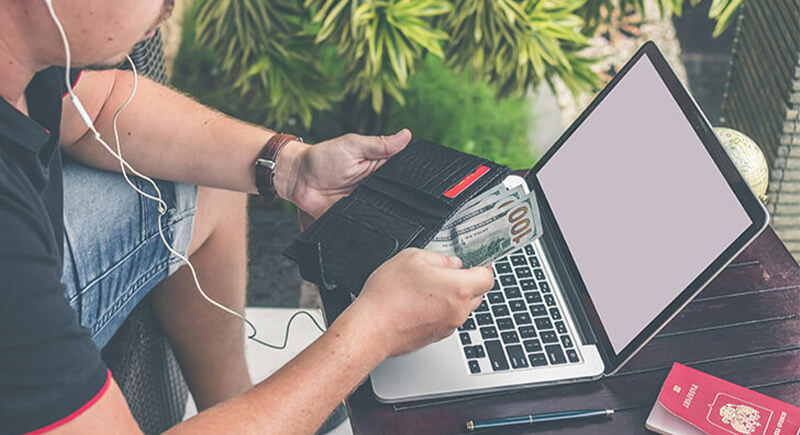
Credit: unsplash
How much should you aim to save? A good rule of thumb is three to six months’ worth of living expenses, but starting smaller is okay. Calculate your monthly expenses, then multiply that by how many months you want to cover. Adjust this number based on your job stability and lifestyle. Remember, this is your personal safety net, so make it big enough to feel secure.
Start with a Simple Savings Plan
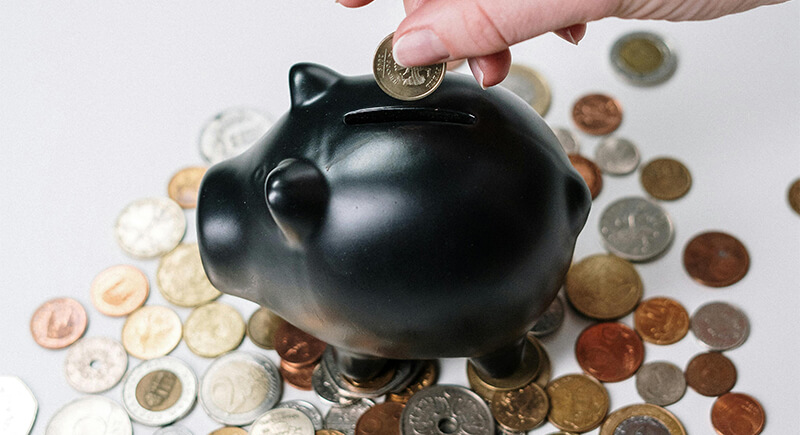
Credit: pexels
Don’t worry if you can’t save a lot immediately; the key is to start somewhere. Even saving a tiny bit from each paycheck can build up over time. Set a goal that feels doable for you, even if it’s just $10 weekly. The habit of saving is what we’re building here, not just the fund. Over time, as you adjust, you can increase how much you save.
Open a Dedicated Emergency Fund Account

Credit: freepik
Having a separate account for your emergency fund keeps it out of sight and out of mind. This makes it less tempting to dip into for everyday expenses. Look for an account with no fees and easy access when you really need it. Bonus points if it earns some interest. This account is your financial bunker, protecting you when storms hit.
Automate Your Savings
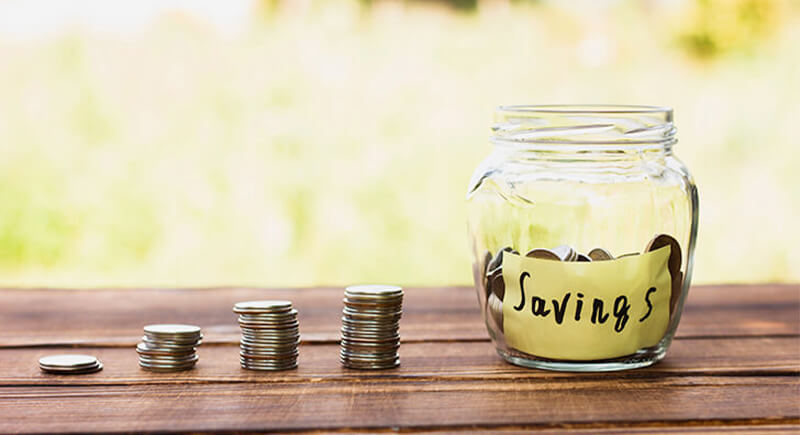
Credit: freepik
Automating your savings is like putting your financial planning on autopilot. Set up a direct transfer from your checking to your emergency fund right after payday. This way, saving becomes a seamless part of your budget, not an afterthought. It’s amazing how quickly your fund grows when you’re not looking. It’s one less thing to worry about.
Cut Back on Non-Essential Expenses

Credit: pexels
Look at your spending and see where you can trim the fat. Maybe it’s dining out less or cutting back on streaming services. Every little bit you save can be redirected to your emergency fund. Think of this as investing in your peace of mind. Simplifying your life can be surprisingly liberating.
Seek Additional Income Sources

Credit: unsplash
If trimming expenses isn’t enough, consider ways to bring in extra cash. Freelancing, part-time jobs, or selling stuff you no longer need can all boost your savings. This extra income dedicated to your emergency fund can make a big difference. It’s also a great way to explore new interests or passions. It feels good to be proactive about your financial security.
Utilize Windfalls Wisely
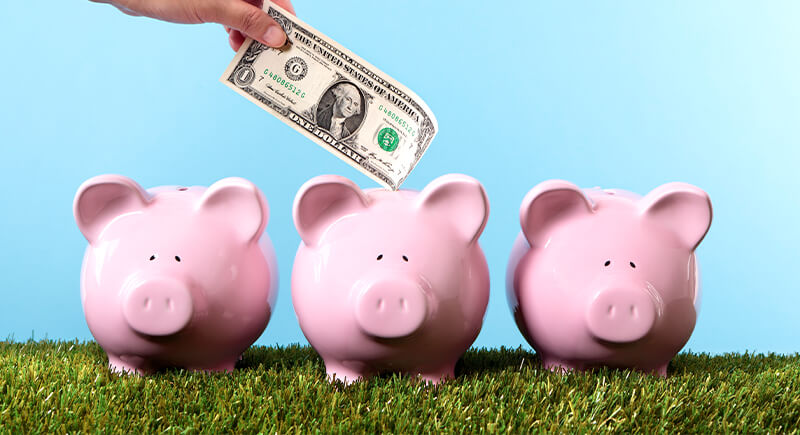
Credit: freepik
Have you got a tax refund, bonus, or a gift? Resist the urge to splurge and put it into your emergency fund instead. It’s like giving your future self alow high-five. These windfalls can significantly jump-start or boost your savings. Think of it as an unexpected backup for your unexpected expenses.
Regularly Review and Adjust Your Fund

Credit: iStockphoto
Life changes, and so should your emergency fund. Make it a habit to review your fund annually or after major life events. This ensures your fund stays aligned with your current needs. Increasing or adjusting your savings goal keeps your safety net strong. Celebrating your progress and recommitting to your financial health is a good opportunity.
Educate Yourself on Financial Management

Credit: unsplash
The more you know, the better you can protect and grow your emergency fund. Many resources – books, blogs, podcasts – can teach you about budgeting, saving, and investing. Educating yourself is empowering; it turns financial planning from a chore into a challenge. It’s always good to have a trick or two up your sleeve for managing money.
Protect Your Fund with the Right Financial Products
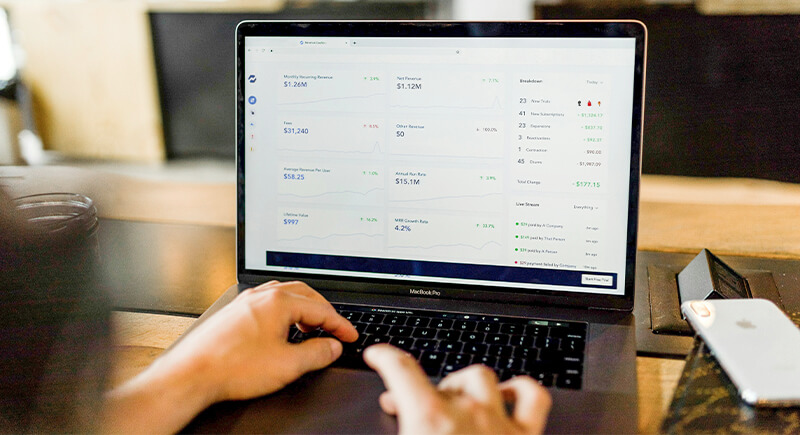
Credit: unsplash
Not all savings accounts are created equal. Look for one that offers a good mix of accessibility, low fees, and a decent interest rate. This ensures your money works for you, even when it’s just sitting there. Remember, the goal is to have your fund ready to go when you need it without any hassle.
Know When and How to Use Your Fund
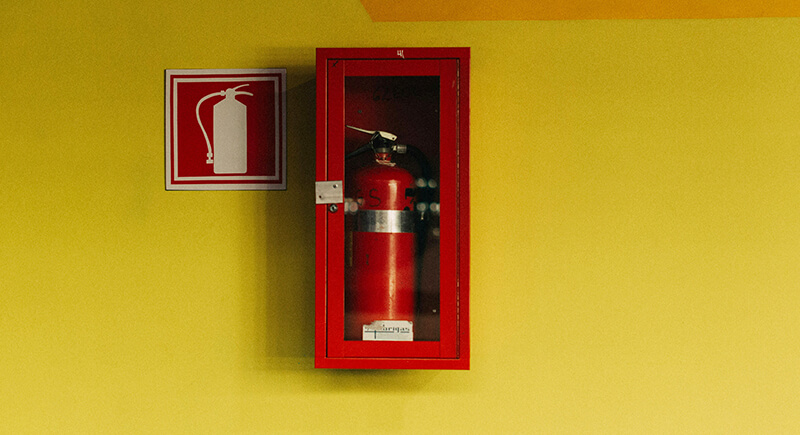
Credit: unsplash
Before tapping into your emergency fund, ask yourself if the situation is urgent, necessary, and unexpected. This helps keep your fund intact for real emergencies. Think of it as your financial fire extinguisher: only break the glass in case of an emergency. This discipline ensures your fund is there when you really need it.
Plan for Replenishment Post-Use
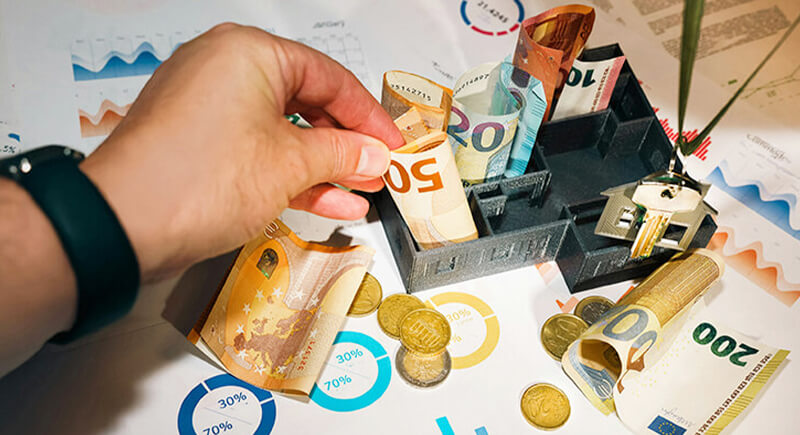
Credit: unsplash
If you need to use your emergency fund, plan to replenish it. Adjust your budget, find additional income sources, or temporarily cut back on other savings goals. Rebuilding your fund restores your safety net and prepares you for the next unexpected event. It’s all about bouncing back stronger.
Maintain a Long-Term Perspective

Credit: iStockphoto
Your emergency fund is just one part of your financial plan. Keep an eye on your long-term goals and adjust your strategies. Building and maintaining an emergency fund is a marathon, not a sprint. It’s about creating a buffer that allows you to face life’s surprises without fear.